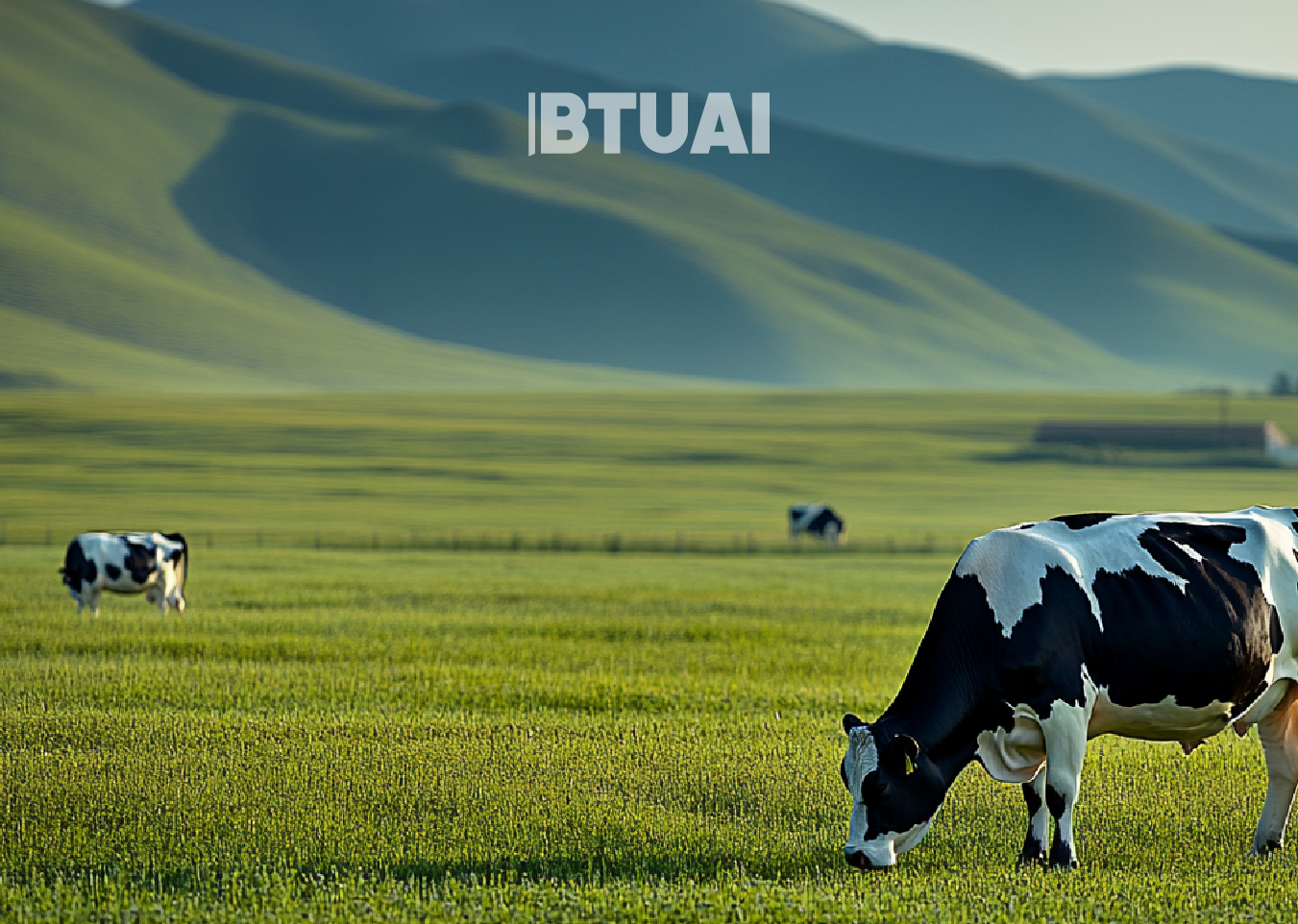Georgia Emerges as a Major Exporter of Live Cattle
In the first quarter of 2025, one of the most striking and dramatic developments in Georgia’s economy was the

In the first quarter of 2025, one of the most striking and dramatic developments in Georgia’s economy was the sharp increase in live cattle exports. According to official data from Geostat, the volume of live cattle exported from Georgia between January and March rose by 230% compared to the same period in the previous year. This surge signals that Georgia is rapidly expanding its presence in foreign markets within this sector.
The numbers are particularly impressive: in the first three months of 2025, Georgia exported 3,583 tons of live cattle, amounting to USD 10.512 million in value. By contrast, during the same period in 2024, only 1,151 tons were exported, worth USD 3.179 million. Such rapid expansion is rare in agri-sector exports and highlights not only increasing international demand, but also the growing efficiency of Georgia’s local farming and trade systems.
A key factor behind this growth is the diversification of export geography. While Georgian cattle were exported exclusively to Iraq in previous years, 2025 marked the entry of Azerbaijan as an additional market, indicating Georgia’s efforts to pursue regional diversification. More specifically, 3,171 tons of cattle were exported to Iraq, generating USD 9.651 million, while 412 tons were sent to Azerbaijan, valued at USD 861,000.
For context, in the entirety of 2024, Georgia exported 18,200 tons of live cattle with a total value of USD 54.951 million. That figure had already positioned Georgia as one of the region’s active exporters. However, the results from just the first quarter of 2025 suggest that the country may surpass even those record-breaking figures by year’s end.
Such swift growth inevitably raises important economic and logistical considerations. There is a growing need for stricter export standards, modernized veterinary controls, and improved transportation systems. As demand increases, it becomes clear that live cattle exports not only bring economic benefits but also introduce new responsibilities—from animal welfare concerns to environmental impacts.
The central question in this context is: how sustainable is this export boom? The answer likely depends on several variables: global price fluctuations, regional competitiveness, ease of transport and customs procedures, and—most importantly—the ability to maintain and scale local production.
If Georgia has already managed to export USD 10.5 million worth of cattle to just two countries in one quarter, it is evident that further diversification—toward Central Asia or other Middle Eastern markets, for instance—could unlock even greater economic potential.
In conclusion, the rapid growth in live cattle exports signals that Georgia’s agricultural sector is entering a new phase—one where it is no longer focused solely on domestic consumption but is emerging as an active player in global markets. As such, 2025 could represent a turning point, where agriculture becomes not just a pillar of the local economy, but a strategic driver of foreign trade.
Would you like this summary turned into an infographic or executive brief for presentation use?




